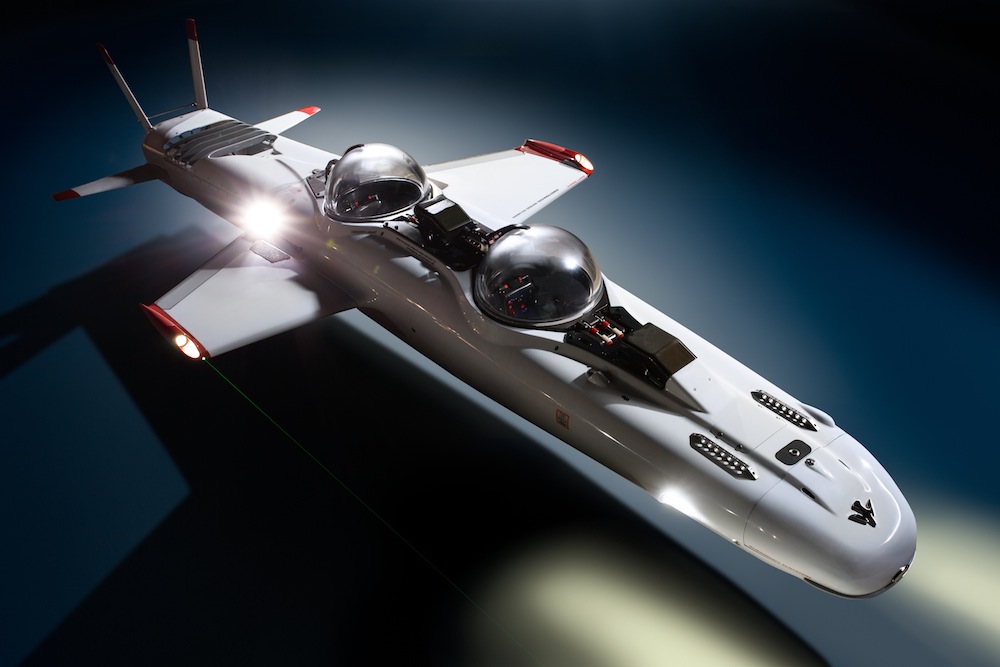When you buy through links on our site , we may earn an affiliate military commission . Here ’s how it works .
The same chemical group previously showed howcyborg snailscould live hosting the first fully implanted biofuel cells . This time U.S. and Israeli researcher put implants in three living cabbage and then hooked the clams together as a battery to make enough electrical energy to turn an electric motor — a step toward the scenario in the 1999 flick " The Matrix " in which Morpheus compare a human being to a Duracell battery .
" The challenge of the work with clams was in assembling individual cellular phone in batteries , " say Evgeny Katz , a prof of alchemy at Clarkson University in Potsdam , N.Y.

A clam is hooked up to electrodes to form part of a living battery.
Katz and his colleagues implanted the biofuel cells by sticking electrode into the clam ' main consistence cavities occupy with ancestry , so that the blood scratch served as the energy source for the biofuel cells . The researchers allowed the kale to rest between muscularity - harvest stop so that the mollusk could reconstruct blood sugar layer .
The researchers tried dissimilar ways to relate three clams at a meter as a collectiveliving battery . A serial circuit advance the battery ’s electromotive force ( electric potential difference ) , whereas a parallel circle increase the current ( rate of charge flow ) — but the overall electricity available often change count on each clam ’s health .
The variation " is trivial for ' normal ' voltaic cells but not easy for living mobile phone , because all of them have different electrical properties calculate on physiological experimental condition of clams , " Katz recite InnovationNewsDaily .

Electrodes implanted in a living clam harvest energy from the animal’s gluose blood sugar.
The three - clam batteries charged a capacitance with almost 29 millijoules over an hour — enough to finally call on an electric motor about a quarter of a full turn . By comparison , a 75 - watt light bulb uses 75 J ( 75,000 millijoules ) per second .
Such a test is still a foresightful way from the U.S. military or political science agency harness animate being as flyspeck spies capable of power their own gizmo . But it represents one of a handful of experimentation to render extracting electrical major power from endure organisms . Katz and confrere detect just three papers from other labs about biofuel cells plant in a rabbit , informer and acyborg insect .
" We involve to conclude some engineering problems — most electronic devices require more power than we can get from our planted cells , " Katz say . His composition was print in the online edition of the journalEnergy & Environmental ScienceApril 12 .

The researchers have set out look to fresh experiment that would test how well sustenance batteries can power microelectronic devices . Next up on the listing : cyborg lobsters .

















